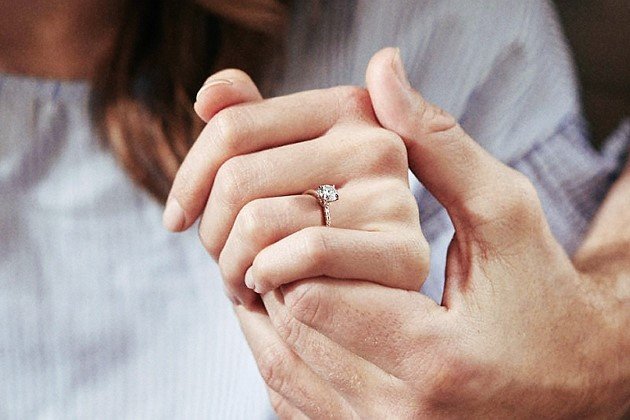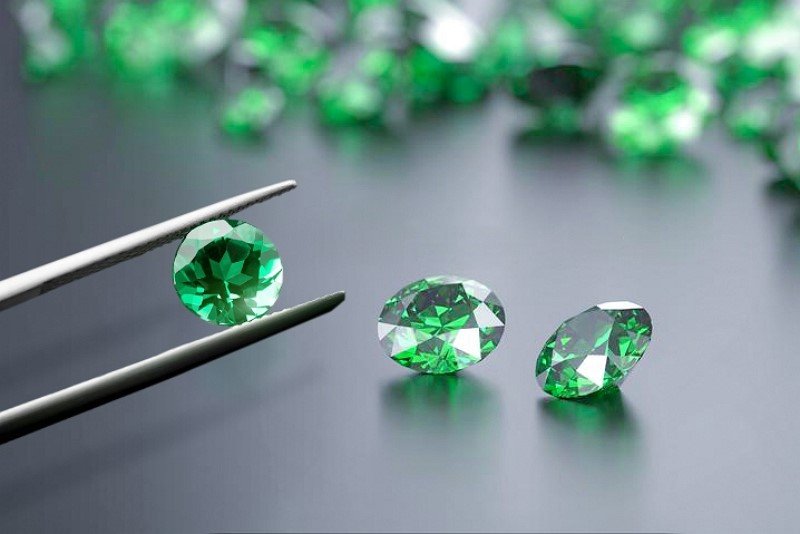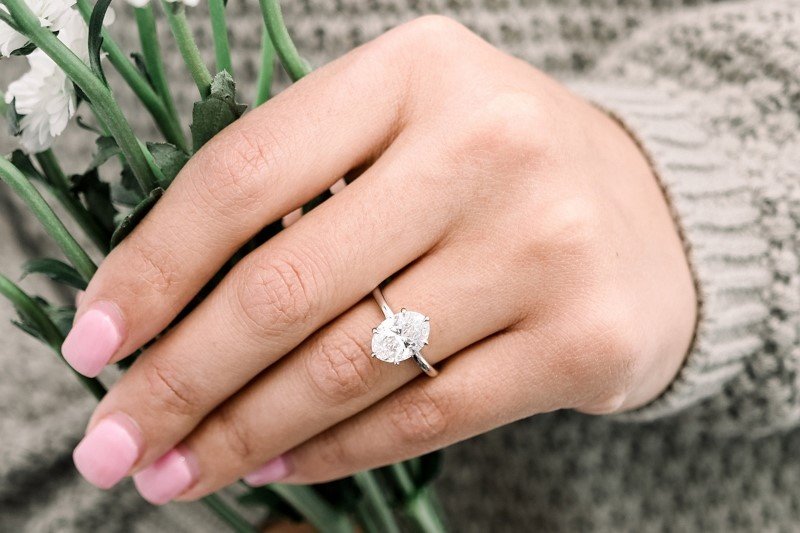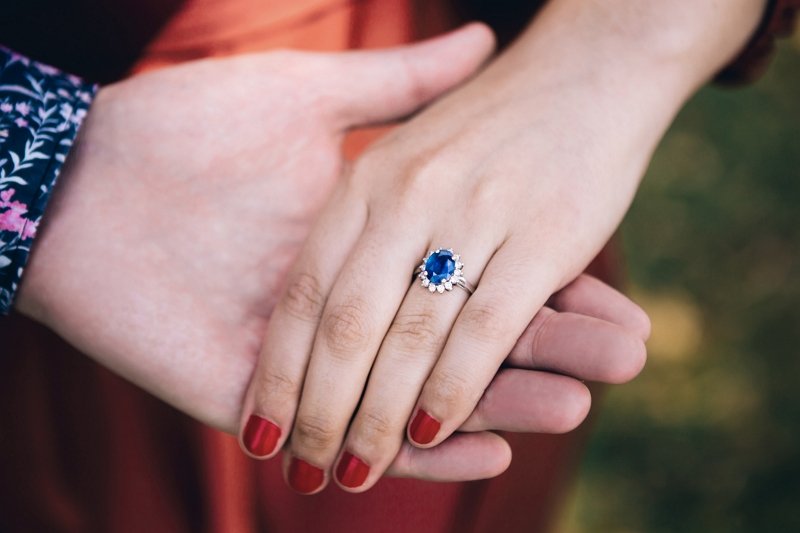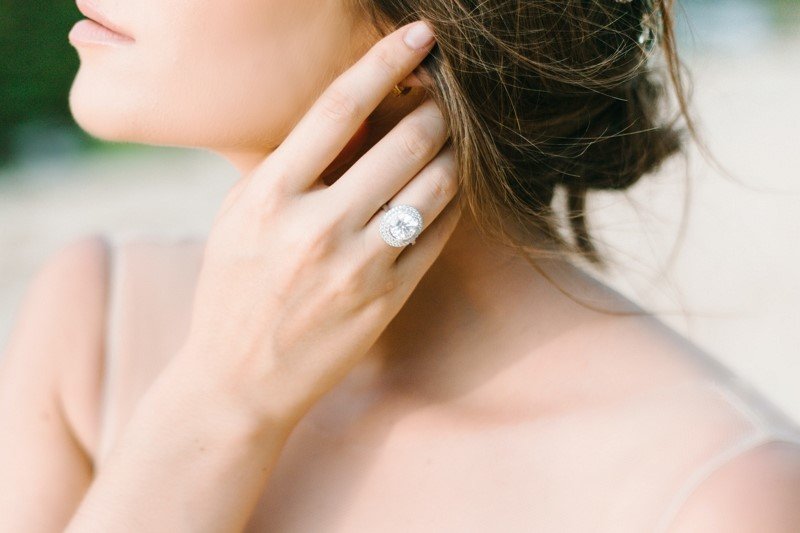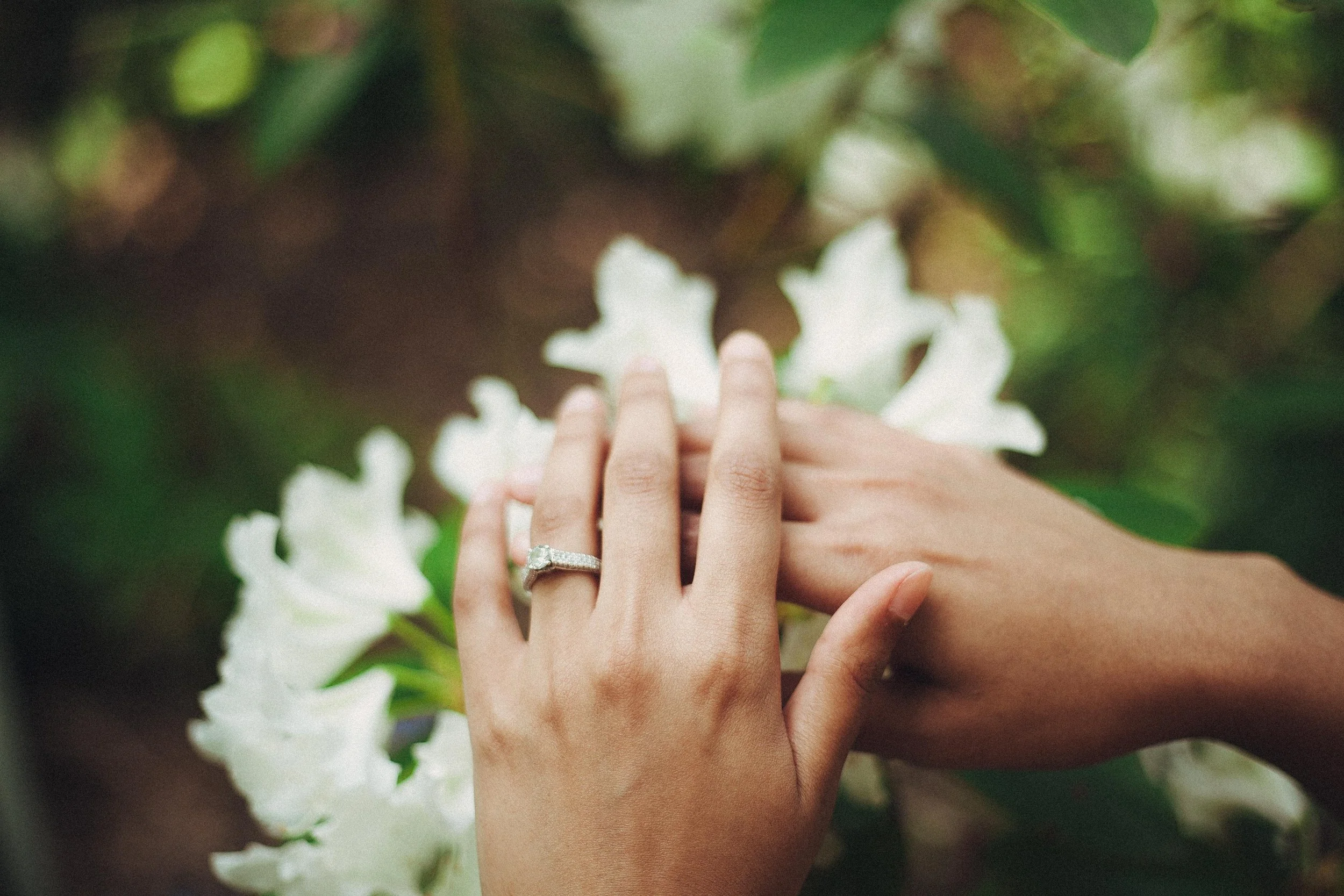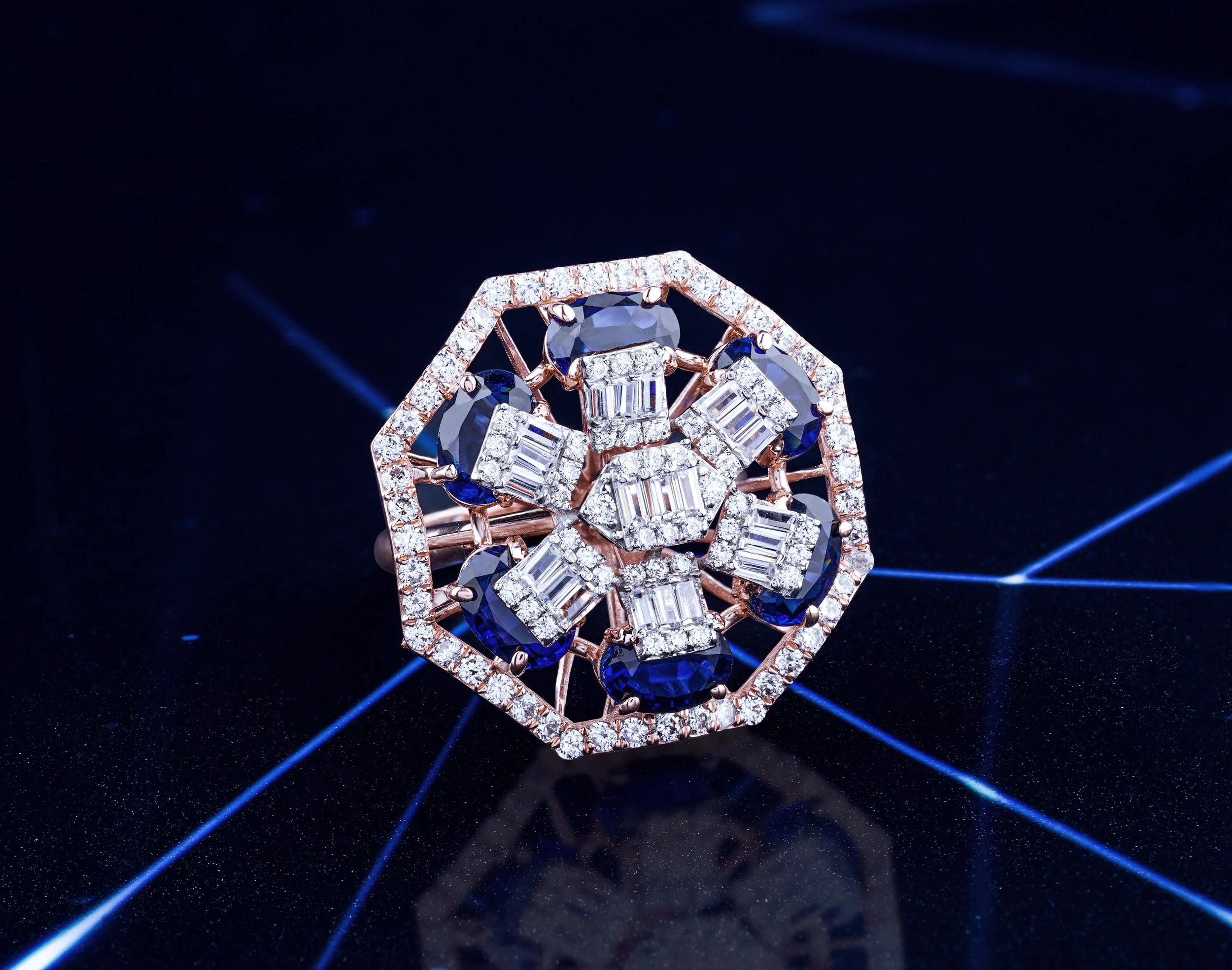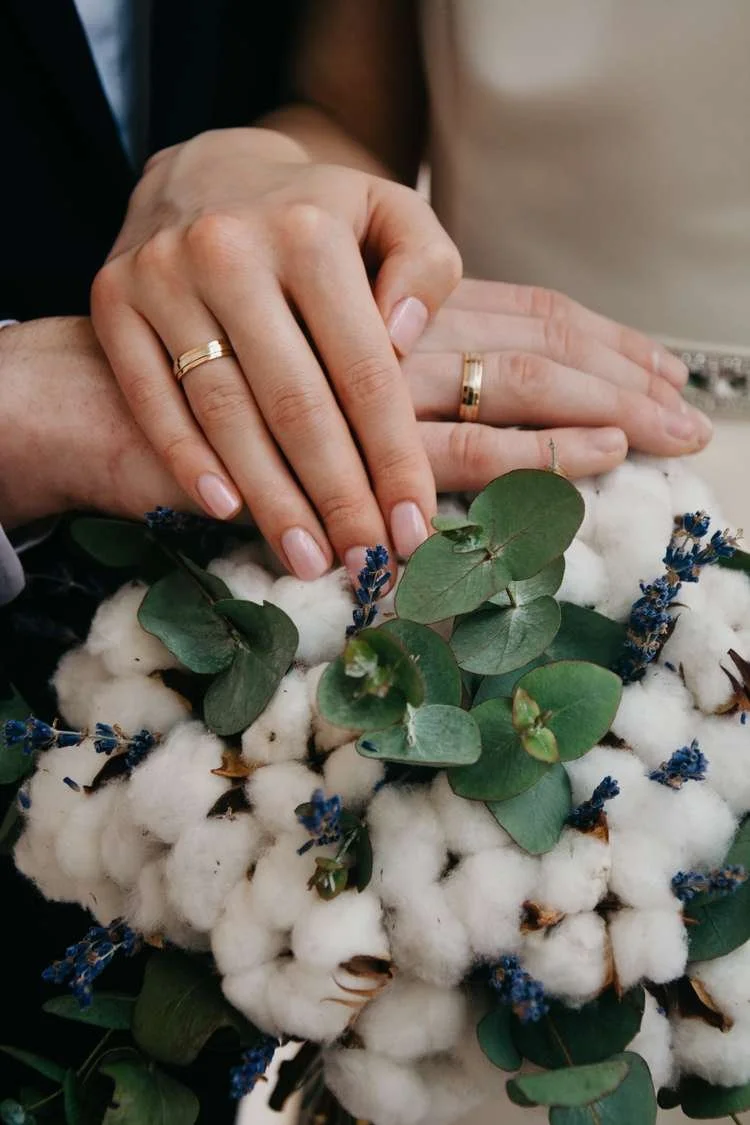The Care and Maintenance of Lab-Grown Diamonds
The global lab-grown diamond industry has grown steadily over the past decades and consequently become increasingly popular to the point of rivaling natural diamonds. This is due to industrial innovation, technological advancement, more companies investing in laboratory diamond production processes, declining rough diamond production, and global supply. Most importantly, consumer preferences are constantly changing. Experts predict that by 2030, the global market for laboratory-grown diamonds will grow to approximately 19.2 million carats.
Currently, China is the largest producer of laboratory-grown diamonds, and the United States is the world's largest retail market.
What are lab-grown diamonds?
Laboratory-grown diamonds are gems manufactured in a laboratory-controlled environment using technology that replicates the natural process of diamond formation. Diamonds produced in this way have the same physical and chemical properties as natural diamonds.
Gem-grade lab-grown diamonds
The term "gem-grade lab-grown diamonds" refers to diamonds that meet international gemological standards. Usually, a 4Cs diamond grading system is represented based on cut, color, clarity, and carat weight. Gem-grade laboratory-grown diamonds are cut and polished. Besides, they can make jewelry such as rings, bracelets, earrings, and other accessories.
Industrial lab-grown diamonds
On the other hand, industrial-grade diamonds are diamonds designated for industrial use. They are mainly used as cutting tools or abrasives. These diamonds do not meet gem-quality standards in color, clarity, cut, and carat weight. However, they are still vital to many industries because they are the hardest mineral known to man.
Lab-grown diamonds from hair
These lab-made diamonds are often called cremation diamonds or memorial diamonds. They are made from the carbon contained in human hair. Because of the phrase "diamonds are eternal," cremation diamonds and diamonds made from hair have quickly become popular. More and more companies offer highly customized lab-grown diamonds. Like Sunny Eden™️ provides a variety of lab-made diamond engagement rings at amazing prices.
The difference between lab-grown diamonds and natural diamonds
The main difference between lab-grown diamonds and natural diamonds is how they formed. Natural diamonds formed in the depths of the Earth's mantle billions of years ago. However, scientists created lab-grown diamonds under controlled laboratory conditions for about 3 to 9 months, maybe shorter. Since they are identical in physics and chemistry, it is impossible to distinguish laboratory-grown diamonds from natural diamonds without the help of qualified gemologists and laboratory equipment.
Are lab-grown diamonds brighter than natural diamonds?
There is no visual difference between lab-made diamonds and their natural counterparts. They sparkle the same, have the same types of color and clarity, and can come in exact sizes and shapes. In short, both are subject to the same grading standards. However, there are a variety of inclusions in natural diamonds and laboratory-made diamonds. Some obvious inclusions are visible to the naked eye, and some inclusions are difficult to see even if the diamond is magnified. More obvious inclusions will affect the appearance of the diamond and its sparkle.
The longevity of lab-grown diamonds: when diamonds don’t last forever
Longevity refers to the ability of a lab-grown diamond to withstand wear, pressure, or damage.
Diamonds have the highest grade (10) on the Mohs scale of mineral hardness. It means other lower-grade minerals cannot scratch them. However, the diamond itself can scratch everything, including other diamonds and jewelry inlays.
If you hit hard in the right place, diamonds are also easy to crack. Diamonds are harder in the direction where the atoms are firmly bonded together and less so in the direction where the atoms are loosely bonded. Therefore, the diamond is easily broken in that direction.
Finally, sudden and extreme temperature changes can also cause damage to diamonds. Thermal shock can create new cracks in diamonds and even cause existing cracks to propagate. In fact, according to the Gemological Institute of America, if you heat a diamond to approximately 763°C (1405°F), for example, in an indoor fire, it will turn into vapor.
How a lab-grown diamond loses its luster
All diamonds can lose their luster, and so does a lab-created one. This means diamonds lose their brilliance when their facets can no longer reflect the light coming in and out of the gemstone. Suppose you find that your lab-grown diamond is starting to become dull and cloudy. In that case, it is most likely caused by surface contamination, which can be easily repaired by cleaning.
Natural wear
The term wear refers to the natural and unavoidable damage that occurs due to daily wear or aging. The accumulation of contamination can make a diamond look lusterless after a period of daily wear. We recommend that you send the lab-grown diamonds to a professional jeweler for individual inspection after regular use for a given period.
Unsafe storage
Unsafe storage can cause damage to diamonds and make diamonds lose their luster. Therefore, lab-grown diamonds should be stored loosely in the dry jewelry boxes, and be sure to wrap them in a soft cloth or bag.
Household cleaning products
Corrosive substances such as bleach and other household cleaning products can cause damage to diamonds. It's important to remove any lab-grown diamond jewelry you have on before doing any heavy cleaning work.
Outdoor activities
The sweat can produce deposits that dim the diamond's luster when people do outdoor activities like fitness and hiking. In addition, the chlorine and other harsh chemicals found in the swimming pool also pose a threat to your precious gem.
Dirt accumulation (from perfume and lotion, hairspray, and cosmetics)
Perfumes, lotions, hair sprays, cosmetics, and natural body oils result in a dirt accumulation that affects the luster of laboratory-grown diamonds over time.
Bathing with lab-grown diamonds
Even if you are in a hurry, be sure to remove your laboratory-grown diamond or laboratory-grown diamond jewelry before bathing. Soap and shower gel are not very suitable for laboratory diamonds and will reduce the diamond's brilliance over time.
How to clean lab-grown diamonds
You can use lint-free cloths, commercial jewelry cleaners, and household cleaners to safely clean lab-grown diamonds and lab-grown diamond jewelry.
At home
The easiest way to clean a lab-grown diamond at home is to soak it in simple water or mild dish soap water. Clean it about once a week, mainly depending on how often you wear it. Before rinsing and drying the laboratory-grown diamond, use a clean, soft toothbrush to gently brush off any remaining dirt that may stick to hard-to-reach places.
A special polishing cloth can be used to clean the lab-made diamonds, which are usually used to clean glass objects.
Finally, lab-grown diamonds can also be cleaned by soaking them in a white vinegar solution. Let the diamond stay in the solution for about 15 minutes, gently scrub with a clean, soft toothbrush, and then rinse with water. The final step is to dry the lab-grown diamond with a clean cloth.
Cleaning lab-grown diamonds at home isn’t a permanent substitute for professional cleaning.
Professional maintenance
Professional jewelers use steam and ultrasound when cleaning lab-grown diamonds. These deep cleanings include a thorough inspection of your lab-grown diamond, polishing, as well as re-brightening your jewelry setting in rhodium, and tightening the prongs if needed.
Where to get your lab-grown diamond cleaned professionally
Suppose you bought lab-grown diamonds from a local jewelry store. In that case, professional cleaning services may be provided free of charge. It is better to clean your laboratory-grown diamonds at the same place you bought them because they are familiar with the gems and know how to care for them. Before buying diamonds, be sure to check this with the jewelry store.
If you want to find a new place to clean your lab-grown diamonds, be sure to contact the jeweler who will provide the service first. Conduct research and read reviews to confirm whether your jeweler has the necessary experience to care for lab-grown diamonds.
Lab-grown diamond cleaning costs
If you buy lab-grown diamonds from a local jeweler, inspection and cleaning are usually free. Before buying your lab-grown diamonds, remember to ask if they offer this service. If you buy diamonds elsewhere, the cleaning service fee is generally between 25 USD to 50 USD.
How often should you clean a lab-grown diamond
To maintain the brilliance of a laboratory-grown diamond, be sure to clean it at home, at least once a week. As for professional jewelry cleaning, about twice a year is sufficient. If you remove them during outdoor activities, store them safely and away from corrosive chemicals, your lab-grown diamonds will require less maintenance.
There you have it! Everything you need to know about the care and maintenance of lab-grown diamonds.









